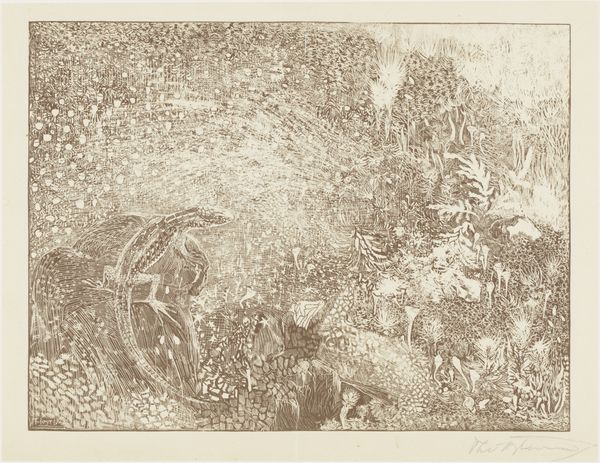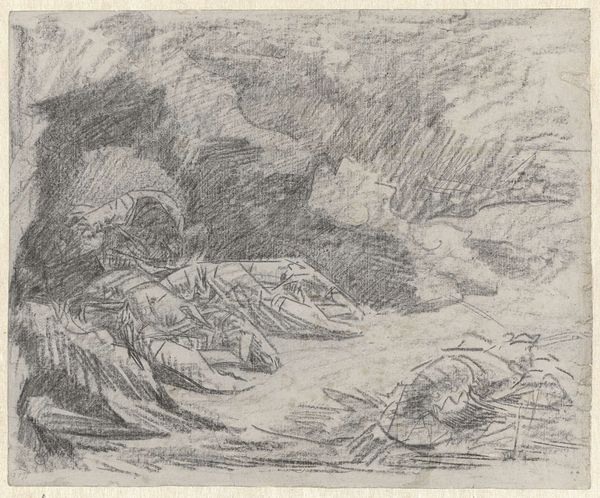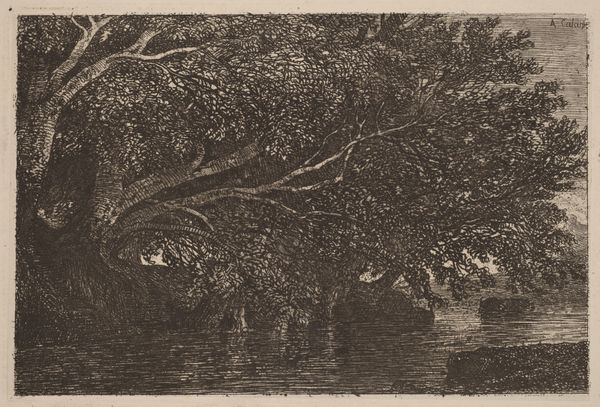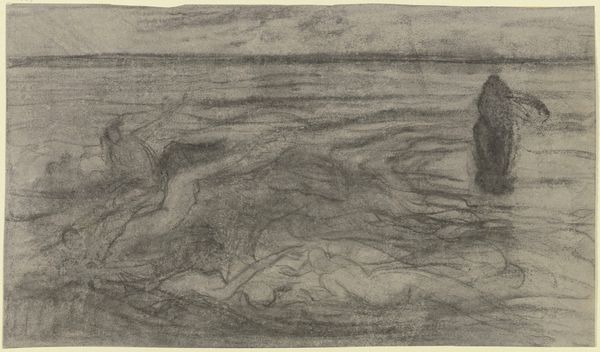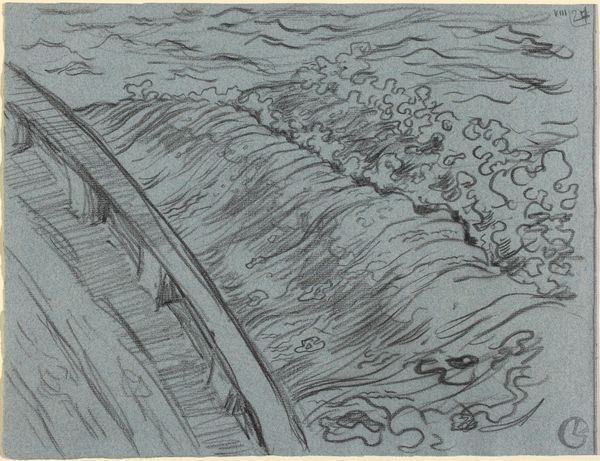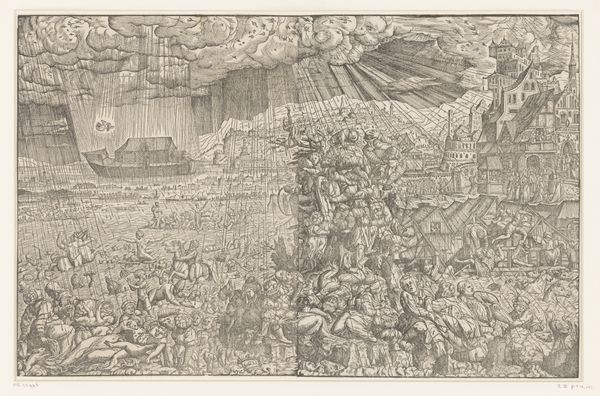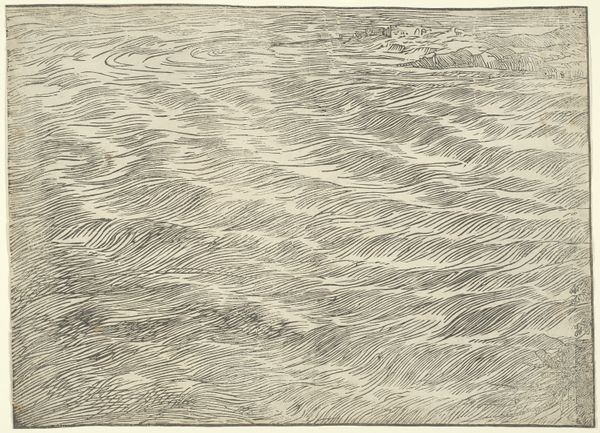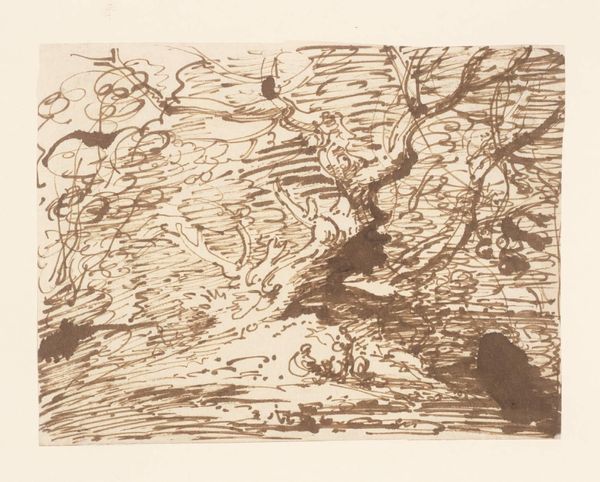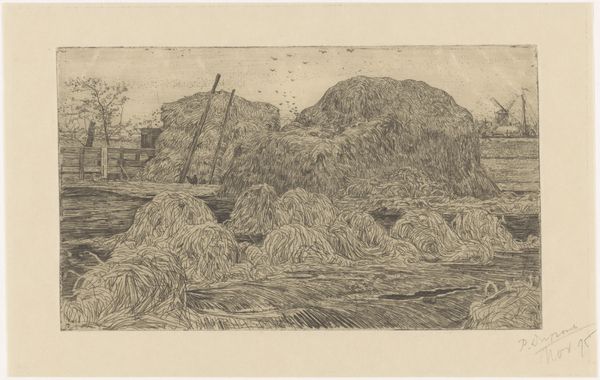
The Submersion of Pharaoh's Army in the Red Sea c. 1515 - 1549
0:00
0:00
drawing, print, paper, engraving
#
drawing
#
pen drawing
# print
#
figuration
#
paper
#
11_renaissance
#
line
#
history-painting
#
italian-renaissance
#
engraving
Dimensions: 404 × 545 mm
Copyright: Public Domain
Editor: This print, "The Submersion of Pharaoh's Army in the Red Sea" by Titian, made sometime between 1515 and 1549, depicts a chaotic scene rendered with incredibly fine lines. It really evokes the feeling of turbulent waters and overwhelming defeat. What historical or cultural context can help us better understand this piece? Curator: Well, we need to consider the function of prints like these. They weren’t simply decorative objects. Think about the socio-political implications of reproducing and disseminating a scene from the Old Testament like this, particularly during the Renaissance. This imagery of divine retribution served specific purposes, reinforcing existing power structures. Editor: So, you're saying it was less about religious devotion and more about justifying authority? How do you mean? Curator: Partly. Consider the institutions that commissioned or supported these works. Often, the Church or wealthy patrons used these prints to project their own power and legitimacy. It reminded viewers of the consequences of disobedience to established authority, both earthly and divine. Also, consider the rising popularity of printmaking itself - the ability to mass produce images had enormous implications for disseminating ideas and shaping public opinion. Editor: That makes a lot of sense. Seeing it now, I am wondering about how many people at that time would have gotten to experience such a sophisticated and complex artistic presentation. Curator: It’s important to remember who had access to these images and how they might have interpreted them. Was it aimed at the educated elite, or did these images filter down to a broader public through various channels? And how might their interpretations have differed? These are questions we must ask. Editor: I never really considered the artwork that way, thank you so much. It adds so many more interesting dimensions. Curator: Exactly, understanding art history involves critically examining how images operate within specific historical, social, and institutional contexts. It reveals art's function in shaping our worldviews and cultural landscape.
Comments
No comments
Be the first to comment and join the conversation on the ultimate creative platform.

